Help shape the future of Florida Keys National Marine Sanctuary
By Elizabeth Weinberg
August 2019
Florida Keys National Marine Sanctuary protects one of the most iconic ocean places in the world. In the Florida Keys, you’ll find the only barrier coral reef in the continental U.S., lush seagrass beds, labyrinthine mangrove forests, bountiful diving and snorkeling opportunities, spectacular fishing, and more. Each year, more than 5 million people come to the Florida Keys to enjoy the sun and the surf.
But its iconic status also poses a risk for the Florida Keys: these important ocean habitats are in jeopardy of being “loved to death.” To survive for future generations, the Keys need to change, and there’s no time to lose. That’s where Florida Keys National Marine Sanctuary’s new Restoration Blueprint comes in.
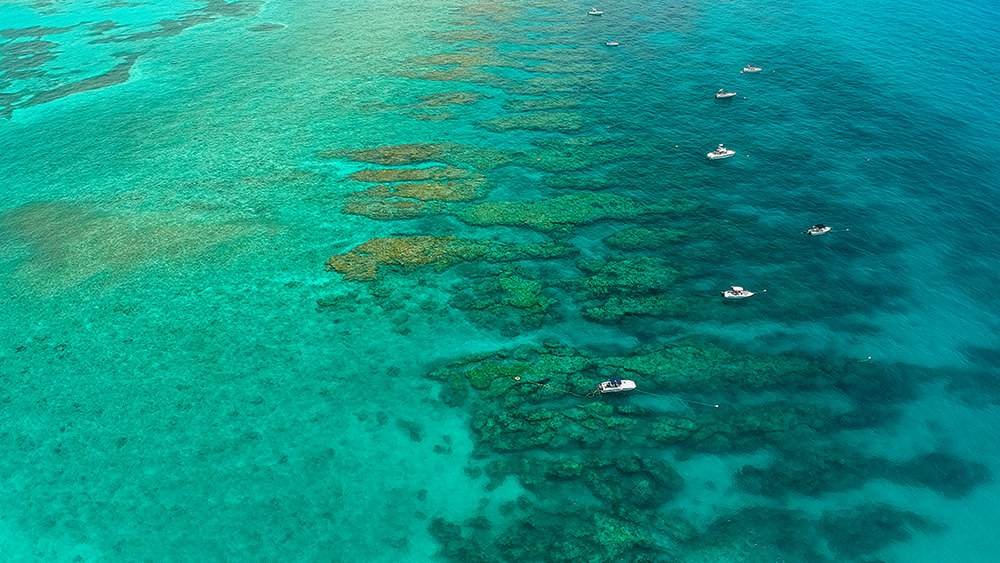
The Restoration Blueprint charts a path forward for Florida Keys National Marine Sanctuary. This comprehensive plan is part of an overarching review and update of the sanctuary’s boundary, regulations, marine zones, and management plan. It was created in coordination with the U.S. Fish and Wildlife Service and the state of Florida, and informed by the Sanctuary Advisory Council and their community working groups.
The Restoration Blueprint synthesizes what sanctuary staff and partners have learned from 30 years of on-the-ground experience in science, management, education, and community outreach. Now, we need your help: we’re asking the public to provide input about the future of Florida Keys National Marine Sanctuary.
“I truly believe we are at an important turning point in the future of the Florida Keys,” says sanctuary superintendent Sarah Fangman. “We have a lot of challenges and we need to work harder than we’ve ever worked before, and collaborate more than we’ve ever had to, so that when people look back, they say ‘wow, people really came together to make a difference.’”
Keys at risk
Florida Keys National Marine Sanctuary has been protecting the fragile coastal habitats of the Florida Keys since 1990. The sanctuary spans 3,800 square miles surrounding more than 1,700 islands. It’s a hub for ocean recreation: divers, snorkelers, anglers, boaters, and more all congregate here, spending an estimated $4 billion each year, driving the Florida Keys economy. Because of the sanctuary, “there’s much more focus on protecting the resources here,” from coral reefs to seagrass beds, says Andy Newman, Newman PR president and Upper Keys tourism representative on the Sanctuary Advisory Council.

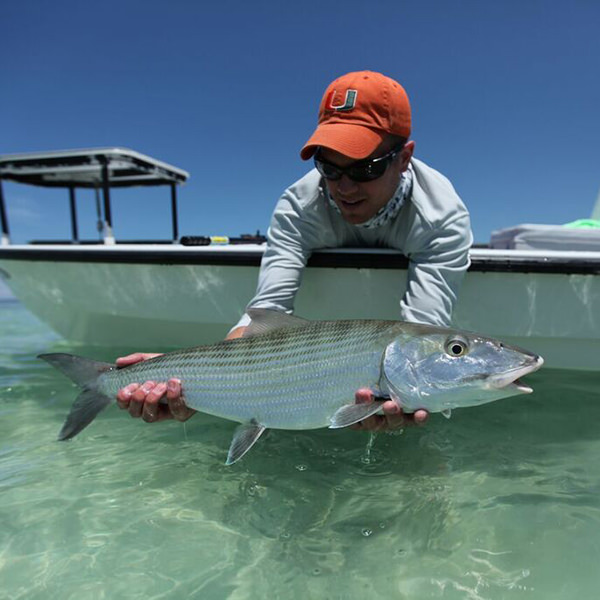
But even with almost 30 years of sanctuary protection, the Florida Keys remain at risk. The 2011 Florida Keys National Marine Sanctuary condition report concluded that habitats and other resources in the Florida Keys are, at best, in fair condition, and are either stable or in decline.
To the north, the Everglades and other South Florida ecosystems have been drastically altered by the development of drainage canals, which help support coastal development, agriculture, and flood control. Unfortunately, the degradation of South Florida ecosystems has put pressure on the Keys. As the timing, duration, and amount of freshwater flowing from the mainland down to the Keys have changed, the region has seen seagrass die-offs, plankton blooms, and changes in fish and invertebrate populations.
The sanctuary has also been hard-hit by natural disasters. In 2017, Hurricane Irma brought widespread destruction, damaging homes, fracturing the reef, and littering the land and water with trash and derelict vessels. More recently, a coral disease outbreak has threatened already-stressed coral communities.
Plus, says Pete Frezza, environmental resources manager for the village of Islamorada, “the reality here in the Keys is that we just have more people coming down to visit. We have more people boating. We have more people fishing. We have more people diving. Unfortunately, that brings in a lot more stress to our environment.”
The ecosystems of the Florida Keys are the heart and soul of the local community. “Our lives, our economy, our culture, everything about us is tied to the ocean. This is who we are,” says Captain Will Benson, owner of WorldANGLING and a member of the Florida Keys National Marine Sanctuary Advisory Council. The Restoration Blueprint aims to better protect this precious region.
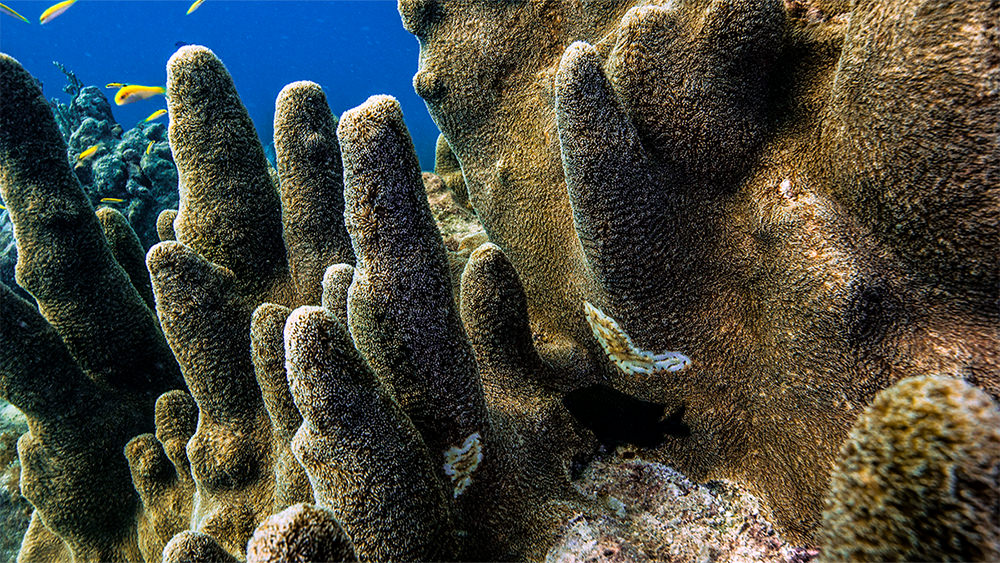
A sanctuary for the future
Florida Keys National Marine Sanctuary provides important protections to the diverse habitats and ecosystems of the Florida Keys. However, the specific protections offered by the sanctuary haven’t been updated since 2007; some protections are unchanged since the sanctuary’s designation in 1997. As the ocean changes and more threats emerge in the Florida Keys, the sanctuary needs to adapt.
With that in mind, the Restoration Blueprint includes proposed updates to marine zones, regulations, and management plan activities within the sanctuary. Included in the document are four alternatives, including one that would maintain the status quo.
The first, a no action alternative, would keep the sanctuary as-is. The other three offer progressive expansions and revisions of the sanctuary’s boundaries, regulations, and marine zones, seeking to reduce stressors to the sanctuary while balancing sustainable use by tourism, recreation, and other economic and social drivers.
Through January 31, 2020, Florida Keys National Marine Sanctuary is asking the public to comment on these four proposals. “We want to make sure that everybody who has an interest in these issues can be a part of the Restoration Blueprint process,” says Fangman. “We all share the need and the desire to have this place be healthy moving into the future.”
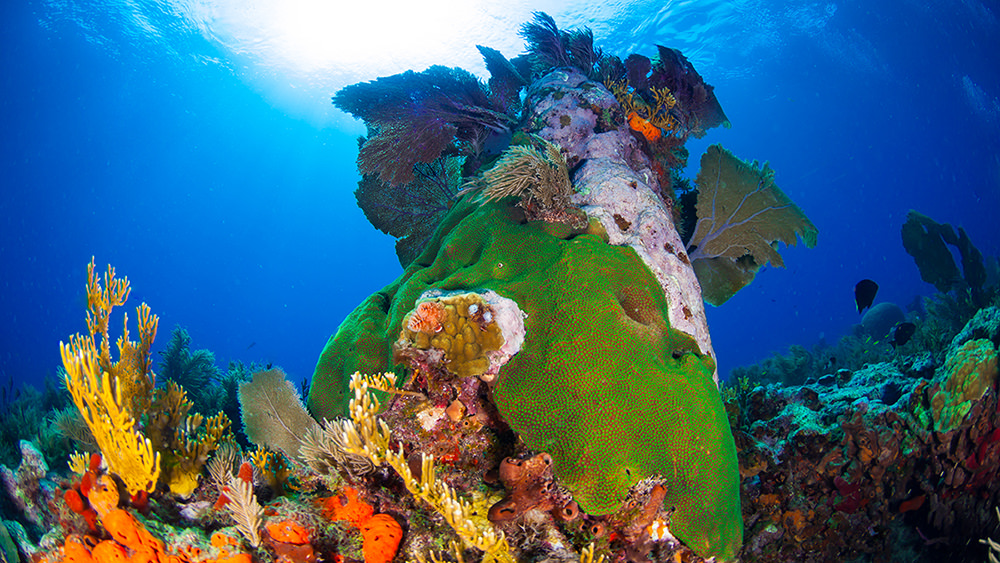
How to comment
Whether you live in the Florida Keys or only visit occasionally, we want to hear from you – and there are numerous ways to weigh in on the Restoration Blueprint.
For those local to the Florida Keys and South Florida, the sanctuary will be holding a series of public meetings between September 23 and November 4, 2019, in Key West, Marathon, Tavernier, Fort Myers, and Miami. All meetings will be at 6 p.m. local time unless listed otherwise below.
Informational public meetings (Public may provide written comment only)
Key West
Monday, September 23
Key West High School
2100 Flagler Avenue
Key West, FL 33040
Marathon
Monday, September 30
Marathon Middle High School
350 Sombrero Beach Road
Marathon, FL 33050
Tavernier
Monday, October 7
Coral Shores High School
89901 Old Highway
Tavernier, FL 33070
Informational meeting and public comment opportunity (Public may provide oral comment)
Coral Gables (Miami area)
Monday, October 28
University of Miami
Newman Alumni Center
6200 San Amaro Drive
Coral Gables, FL 33146
Fort Myers
Monday, November 4
Holiday Inn Airport at Town Center
9931 Interstate Commerce Drive
Fort Myers, FL 33913
Sanctuary Advisory Council meeting, open to the public (Public may provide oral comment)
Tuesday, October 15 at 9:00 a.m.
Isla Bella Beach Resort
1 Knights Key Boulevard
Marathon, FL 33050
Tuesday, December 10 at 9:00 a.m.
Isla Bella Beach Resort
1 Knights Key Boulevard
Marathon, FL 33050
Written comments will also be accepted through the January 31, 2020, deadline. You can submit your comments online at regulations.gov (search docket number NOAA-NOS-2019-0094) or by mail to Sarah Fangman, Florida Keys National Marine Sanctuary, 33 East Quay Road, Key West, FL 33040.
“I would really encourage people to come and be a part of it,” says Mimi Stafford, longtime Keys fisherman and Sanctuary Advisory Council member. “It’s the best way to find a solution that works for everyone, to come and respectfully listen and then contribute.”
“We are going to have to protect the Keys,” adds Stafford. “Otherwise, we are not going to have it for the future.”
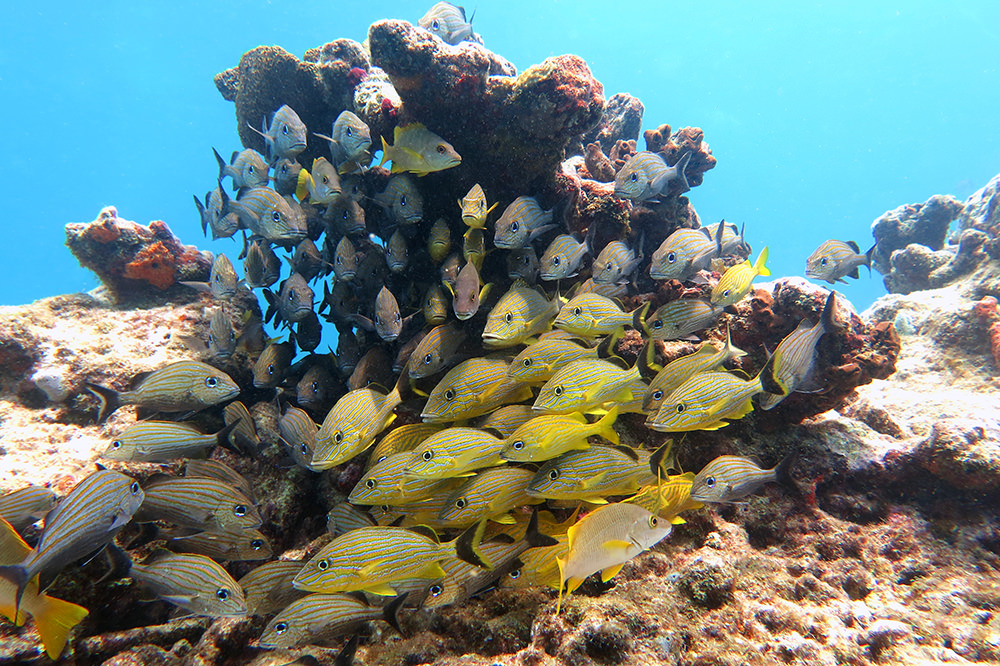
Communities for the Florida Keys
“We need folks to pay attention to what we have down here, how valuable it is not only for families like mine, but for the United States, for folks that want to come here. For the folks that love the marine world, it’s a gem,” says Benson. “It’s an incredibly unique ecosystem and worth preserving, but we’ve got to find the courage to do so.”
The future of the Florida Keys – the seagrass beds that support wintering manatees, the coral reefs that shelter hundreds of fish and invertebrate species, the mangroves that safeguard juvenile fish – hangs in the balance. It will take all of us, working together, to keep these iconic ecosystems healthy and to help them thrive. Help us preserve the Florida Keys for future generations. Comment on the Restoration Blueprint today.
Elizabeth Weinberg is the digital outreach coordinator and writer for NOAA’s Office of National Marine Sanctuaries.

